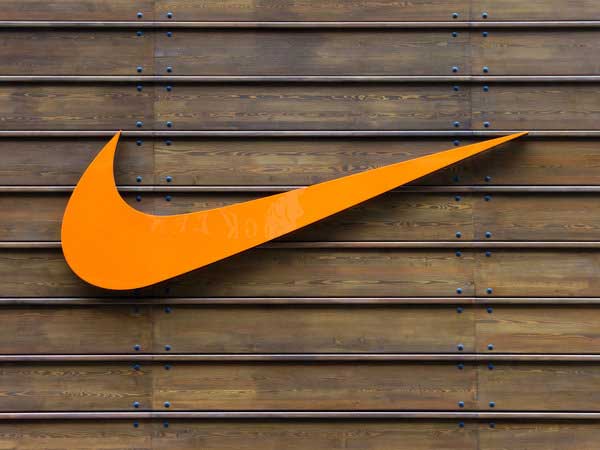After waking up from a nightmare where his life had no purpose, Phil Knight realized this was his sad reality. Unsure what to do, he attended the University of Oregon to study journalism, where he developed an interest in running. Here, he met famous track coach Bill Bowerman, who had trained Olympic athletes. Phil trained under Bowerman as a middle-distance runner, and the two struck up a great friendship that would later become the foundation of Nike. However, after graduating in 1959 with a journalism degree, Phil felt confused about his career path.

A Wild Idea While Studying At Stanford Led Phil To Take A Risk
Deep down, Phil dreamed of becoming a professional athlete, but at 24, he admitted this dream was dead. After unfulfilling stints in the army and as an accountant, Phil enrolled in Stanford’s Graduate School of Business. While working on an assignment to invent a business, Phil wondered if Japanese sports shoes could disrupt the German brands dominating America, just like Japanese cameras had done. The American running shoe market seemed ripe for disruption by high-quality but affordable Japanese shoes. Though unsure how to import shoes from Japan or sell them in America, Phil became obsessed with this idea. His classmates doubted its viability, but Phil sensed real business potential.
A Fateful Shoe Discovery In Japan Led To The Creation Of Blue Ribbon Sports
After traveling the world, Phil visited Japan, searching for the right shoes to bring to America. In Kobe, he discovered Tiger shoes by Onitsuka, impressed by their quality and low cost. Boldly contacting Onitsuka’s owners, in broken Japanese Phil pitched himself as an American shoe distributor, blindly securing an improbable deal. Phil recruited Bill Bowerman as his business partner, investing $500 each into their Blue Ribbon Sports company. Their first $50 order of Tiger shoes arrived 4 months late, nearly extinguishing Phil’s dream. However, upon receiving 300 pairs, Blue Ribbon sold out in 3 months. Sensing Phil’s conviction, customers responded enthusiastically to the shoes’ quality and affordability.
Rapid Growth Created Cash Flow Problems, While Dealings With Onitsuka Turned Sour
As Blue Ribbon Sports rapidly opened new stores, Phil constantly worried about its cash flow. Simultaneously, their relationship with Onitsuka deteriorated. Despite the Tiger Cortez becoming America’s #1 shoe thanks to Phil’s marketing, Onitsuka prioritized Japanese orders and rejected Bill’s shoe improvement ideas. Suspecting Onitsuka would find new American distributors, a 1972 trip confirmed they shockingly planned to ditch Blue Ribbon. Outraged but motivated, Phil decided Blue Ribbon would make its own shoes. Jeff Johnson suggested the Nike name, while a student designed the Swoosh logo that cost just $35.
Legal Threats From Rivals And A $25 Million Bill Almost Ended Phil’s Dream
A key challenge was finding a quality shoe manufacturer for their Nike brand. After rejecting flawed prototypes, Phil inspired his worried team that this was their liberation, not a crisis. However, rival shoe brands lobbied Washington to impose steep import duties on Nike’s Japanese shoes in an attempt to bankrupt the upstart. After 3 brutal years fighting the $25 million bill, Nike settled for $9 million and saw 1976 sales top $14 million. Just as Nike took off, Phil faced another threat when Nike’s labor exploitation was exposed in the early 90s. Sweatshops with child workers paid $1.25 per day sparked outraged calls for a boycott, hammering Phil’s reputation.
Bold Marketing Around Controversial Athletes Helped Drive Nike’s Massive Success
In response, Phil pledged reforms and for years worked to improve factory conditions. While critics remain, Nike has won praise for minimizing labor issues that still plague parts of the industry. Interestingly, Nike later showcased athlete-provocateurs like Kaepernick in ads, sparking calls for boycotts but boosting sales and brand value. Since 1988’s iconic “Just Do It” campaign helped drive 10X sales growth in a decade, Nike has repeatedly leveraged controversy successfully via bold marketing tied to outspoken athletes. Today Nike is a $30 billion global force, all stemming from Phil’s wild idea scribbled at Stanford just 60 years ago. But like Phil, anyone with a dream can take risks to build something great.
